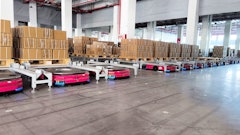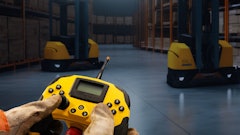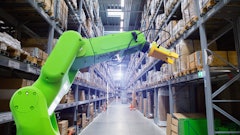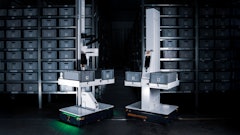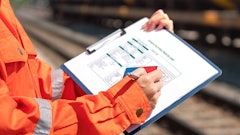
Warehouse automation and robotics have revolutionized the logistics industry, offering unprecedented efficiency and accuracy in operations. However, applying these technologies isn't a straightforward, one-size-fits-all ROI solution. The costs can be prohibitive, and while individual automation devices may show promising results, understanding their overall impact on operations remains a significant challenge. The key to success lies in adopting a system that takes a holistic view of your entire operation and all connected devices, managing them from a centralized platform. This is where multi-agent orchestration (MAO) software comes into play, offering seamless and efficient control over all automation devices and robots within your warehouse.
However, finding the right MAO for your business is critical. An ill-suited MAO can add another layer of complexity rather than simplifying operations. The secret to successful MAO implementation is two-way communication, which is essential for facilitating efficient automated decision-making. This seamless communication flow between the platform and devices ensures that the operational value generated by each machine is automatically assessed, enabling the best judgement calls for optimal performance.
Not all MAO solutions are created equal. When selecting a MAO system, it's important to consider key criteria such as flexibility, configurability, and product profiles. A truly effective MAO system should integrate smoothly with existing technologies and be adaptable to future needs. To ensure scalability and growth, your chosen MAO should be able to quickly and easily integrate new devices into the operation and monitor them effectively.
To help businesses make the right choice in MAO software, here are ten crucial questions to ask during the decision-making process:
- Integration: Are your current tech solutions operating cohesively or in isolated silos?
- Device Compatibility: Does the solution connect seamlessly with diverse devices and systems?
- Task Prioritization: Can you orchestrate and prioritize work effortlessly?
- Task Allocation: Does it allocate or reassign tasks and workflows automatically?
- Device Matching: Will it determine the best robotic device for specific operations?
- Data Insights: Is data capture enabled to evaluate device performance?
- Real-time Switchover: Can it facilitate rapid device transitions?
- Task Buffers: Does it create mechanisms to delay tasks when necessary?
- Traceability: Is it equipped to handle expiry dates and ensure traceability?
- Exception Handling: Can it manage exceptions without causing downtime?
If the answer to any of these questions is no, it's advisable to continue your research, as the right ‘conductor’ for your warehouse orchestra is out there.
Acceleration to Automation
For growing retailers and third-party logistics providers (3PLs) who anticipate increasing levels of automation and robotic integration over the coming years, adopting the right MAO provides a faster and more targeted roadmap. This approach doesn't lock them into a singular methodology or pathway. Next-generation automation control offers significant advantages at a fraction of the investment cost, without the restrictions of multi-phase project timelines.
Just as an orchestra needs a conductor for harmony, today’s warehouses require advanced multi-agent orchestration to deliver tangible labor savings, accurate asset management decisions, and rapid time to value. MAO is not just a solution for the present but a scalable and adaptable tool for the future, ensuring that businesses can meet the evolving demands of warehouse operations efficiently and cost-effectively.
The integration of multi-agent orchestration (MAO) software into warehouse operations is not merely about adopting the latest technology. It is about finding a holistic solution that integrates seamlessly with existing systems, enhances operational efficiency, and provides the flexibility to adapt to future needs. As businesses continue to navigate the complexities of warehouse automation, MAO offers a strategic advantage, transforming operations and maximizing ROI. The right MAO system acts as the conductor of your warehouse orchestra, ensuring every component works in concert to achieve peak performance. For businesses aiming to thrive in an increasingly automated landscape, investing in a robust MAO solution is not just beneficial; it is essential.




![Pros To Know 2026 [color]](https://img.sdcexec.com/mindful/acbm/workspaces/default/uploads/2025/08/prostoknow-2026-color.mduFvhpgMk.png?auto=format%2Ccompress&bg=fff&fill-color=fff&fit=fill&h=100&q=70&w=100)


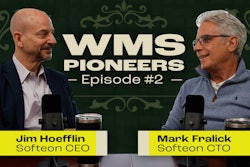

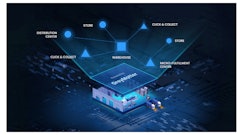
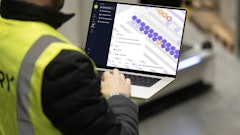

![Pros To Know 2026 [color]](https://img.sdcexec.com/mindful/acbm/workspaces/default/uploads/2025/08/prostoknow-2026-color.mduFvhpgMk.png?ar=16%3A9&auto=format%2Ccompress&bg=fff&fill-color=fff&fit=fill&h=135&q=70&w=240)
